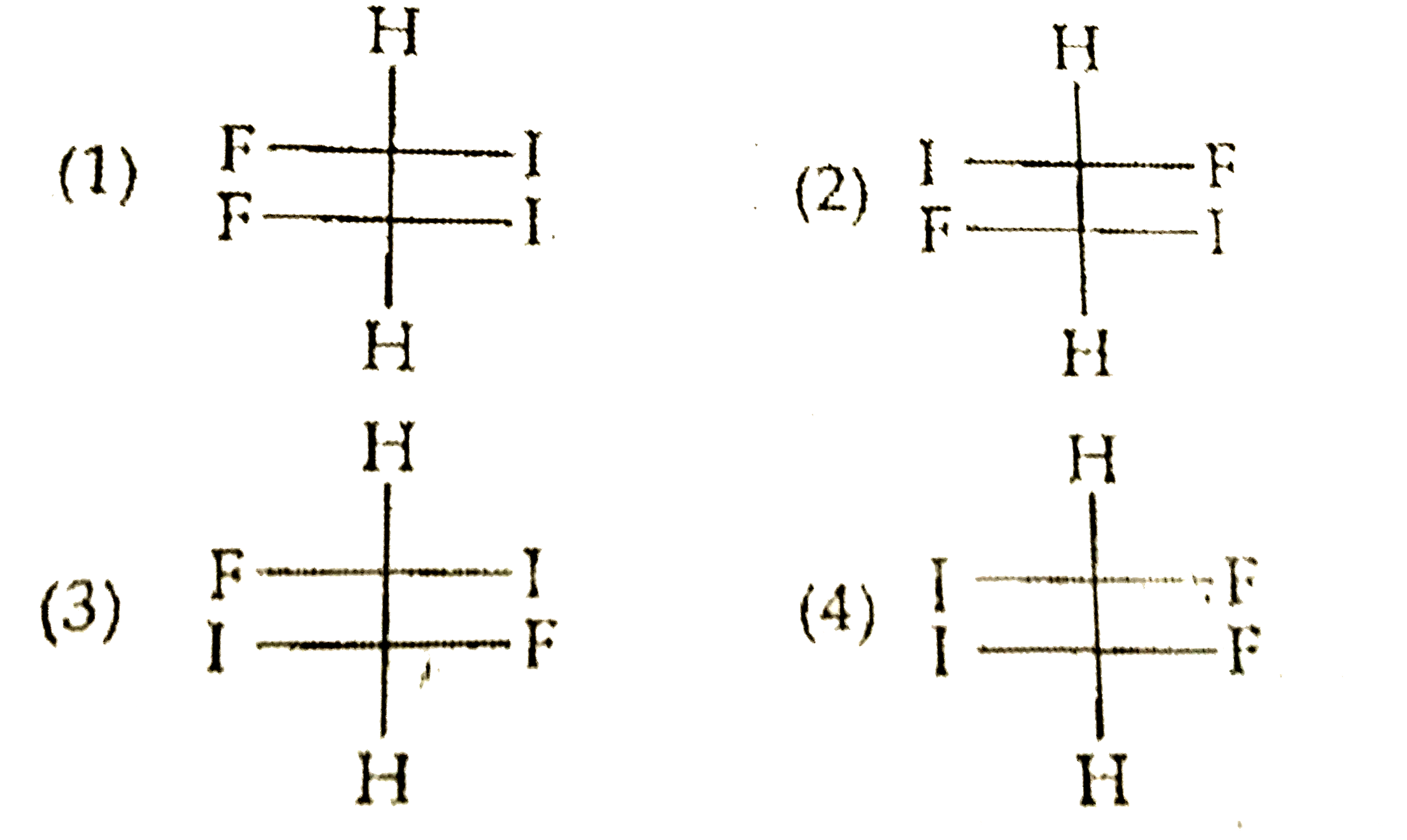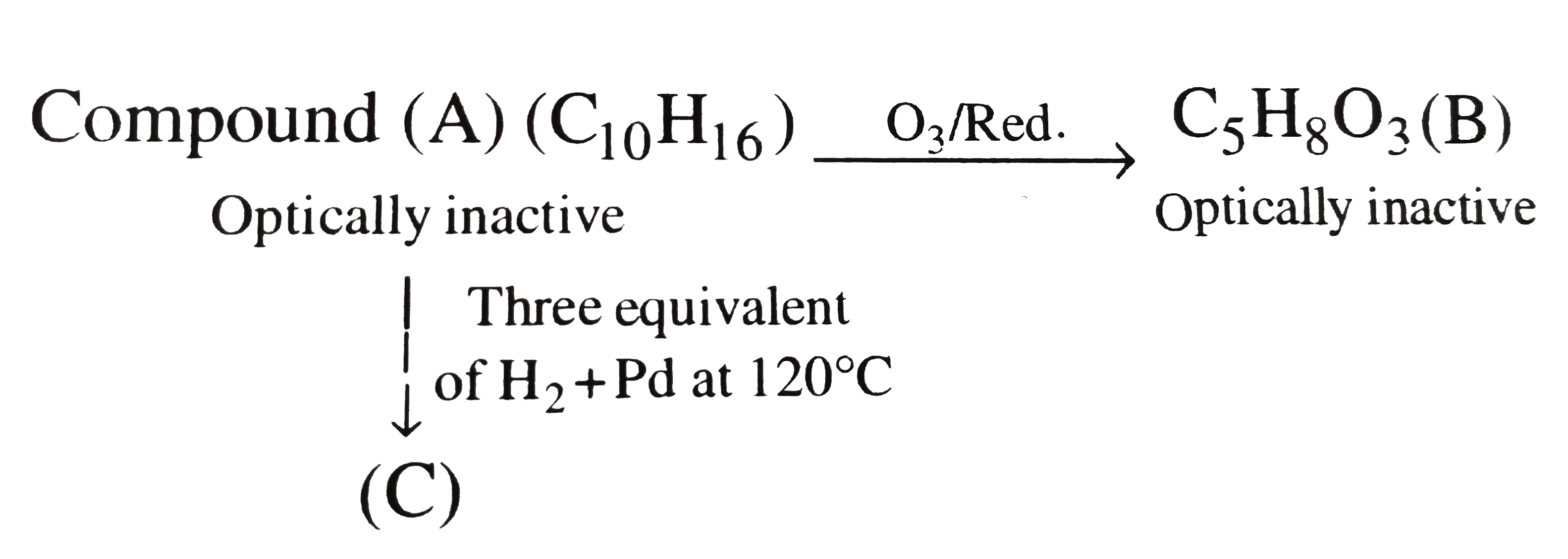
If the both compound (A) and (B) are optically active, the possible structrue of (A) is:
A
cis−I
B
trans−I
C
cis−II
D
trans−II
Text Solution
The correct Answer is:C, D
|
Topper's Solved these Questions
- ISOMERISMBOOK - CENGAGE CHEMISTRYCHAPTER - ISOMERISMEXERCISE - Multiple choice questions (Exercise)
38 Videos
- ISOMERISMBOOK - CENGAGE CHEMISTRYCHAPTER - ISOMERISMEXERCISE - Single correct answer type
13 Videos
- ISOMERISMBOOK - CENGAGE CHEMISTRYCHAPTER - ISOMERISMEXERCISE - Exercise
19 Videos
- IONIC EQUILIBRIUMBOOK - CENGAGE CHEMISTRYCHAPTER - IONIC EQUILIBRIUMEXERCISE - Archives Subjective
28 Videos
- NCERT BASED EXERCISEBOOK - CENGAGE CHEMISTRYCHAPTER - NCERT BASED EXERCISEEXERCISE - Chemical Equilibrium
72 Videos
Similar Questions
Knowledge Check
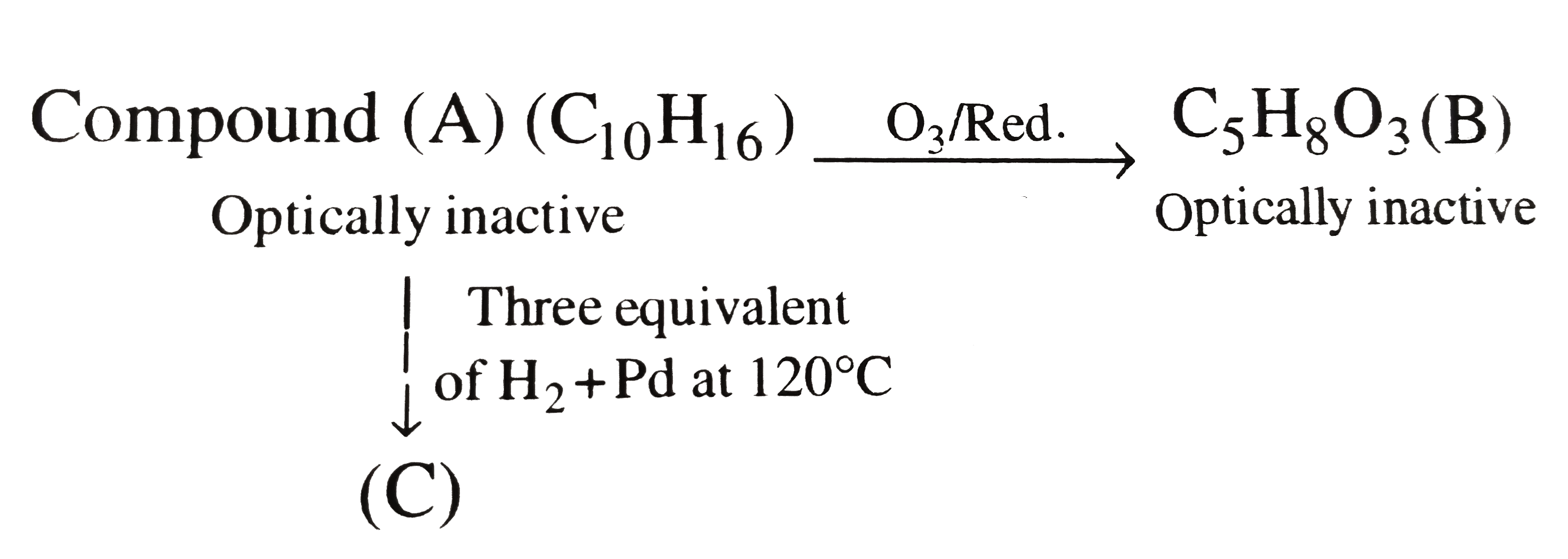
If the both compoundsd (A) and (B) are optically inactive, the possible structrue of (B) are:A B
B C
C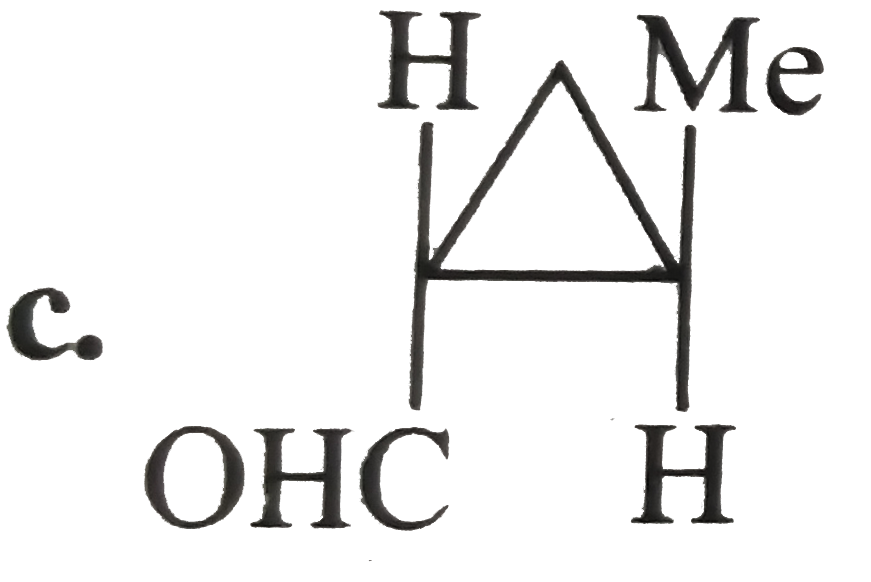 DAll
DAll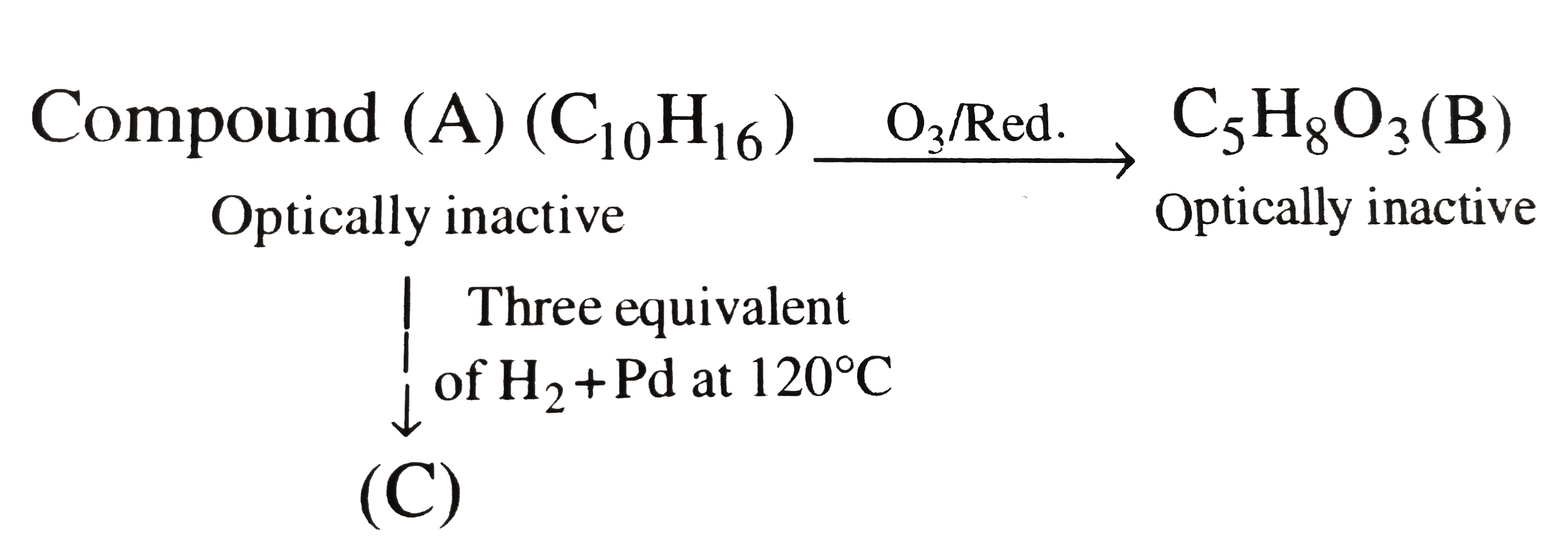
If both compounds (A) and (B) are optically active, the possible structrues of (B) are:A B
B C
C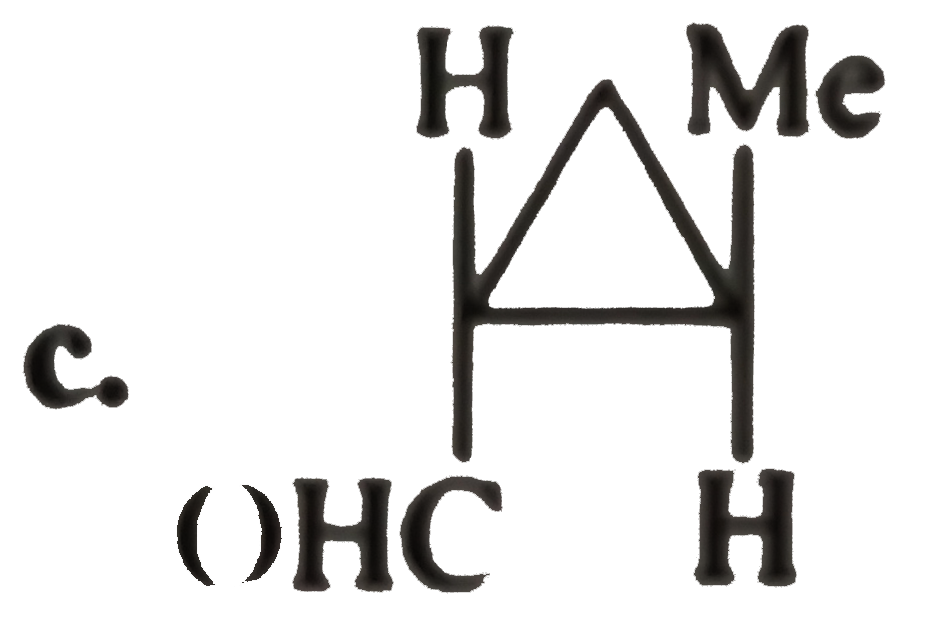 DAll
DAllAn optically active compound
A(a) Rotates the plane polarised lightB(b) Changing the direction of polarised lightC(c) Do not allow plane polarised light to pass throughD(d) None of the above

